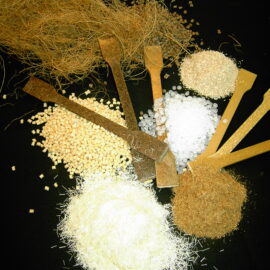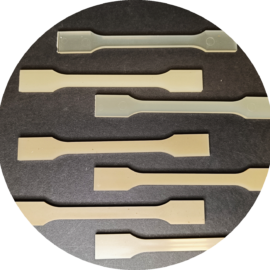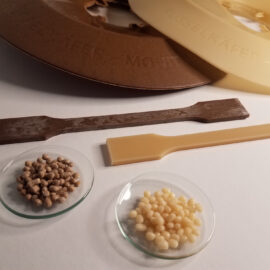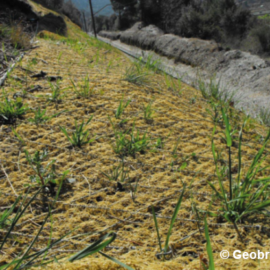Bioplastics
Bioplastics are already used in the packaging industry or in agriculture and show an interesting possibility to make the future of plastics more sustainable. These materials can be biodegradable and thus reduce the accumulation of microplastics in the environment. Also bio-based plastics are in use, which are independent of fossil resources and therefore have a reduced CO2 footprint. At TCKT we are investigating new possibilities to modify bioplastics and find new areas of application for these materials.

BIOCYCLE-UA II
Circular economy using the example of selected biopolymers (production - processing - recycling)
Objectives: This basic project BIOCYCLE-UA II is a cooperation of three Upper Austrian, non-university research institutions with clearly defined project sub-areas (Kompetenzzentrum Holz GmbH, Competence Centre CHASE GmbH, TCKT GmbH).
The project describes a closed cycle for completely biodegradable plastic products with a focus on polyhydroxyalkanoates. The project addresses production from primary raw materials as well as recycled materials. The effects of mechanical and chemical recycling on process control and product quality are being investigated.
BioKAVA – Bio plastics in Added Value Applications
Bioplastics can make a valuable contribution to resource conservation and sustainability. Despite all their advantages, they are still rarely used in injection moulding applications. The BioKAVA project is therefore dedicated to the development of bio-based and recyclable plastic formulations.

Biodegradable geotextiles
In the COMET project TCCV, we are working together with our industrial partner Geobrugg on a sustainable solution for geotextile products. Geotextiles are installed on areas and slopes, which are exposed to soil erosion in order to protect them and promote new plant growth. Up to now synthetic plastics are used for this purpose. Here, UV-light and weather-induced aging leads to the formation of microplastic, which is released into the nature. This problematic effect can be reduced by using biodegradable plastics such as PLA or PBS in geotextiles mats.
VAMOS
VAMOS is a collaborative project involving eleven partners from a variety of industries and specialisations. The project aims to showcase, at demonstration scale, the feasibility of producing and valorising second-generation sugars derived from municipal solid waste (MSW).

BioModFiber
Modification of bio-based plastics for the production of fibers in textile applications
In the BioModFiber project we work with PLA and other bioplastics, which show potential for being used in industrial fiber production. The aim of the project is to produce bio-based textile fibers, which have improved mechanical properties, obtained by sophisticated modifications. In particular, the elongation at break and the restoring force of the fibers should be increased by these modifications. Different material combinations and additives are used to crosslink the polymer chains in order to achieve an elastic behavior of the fibers.




